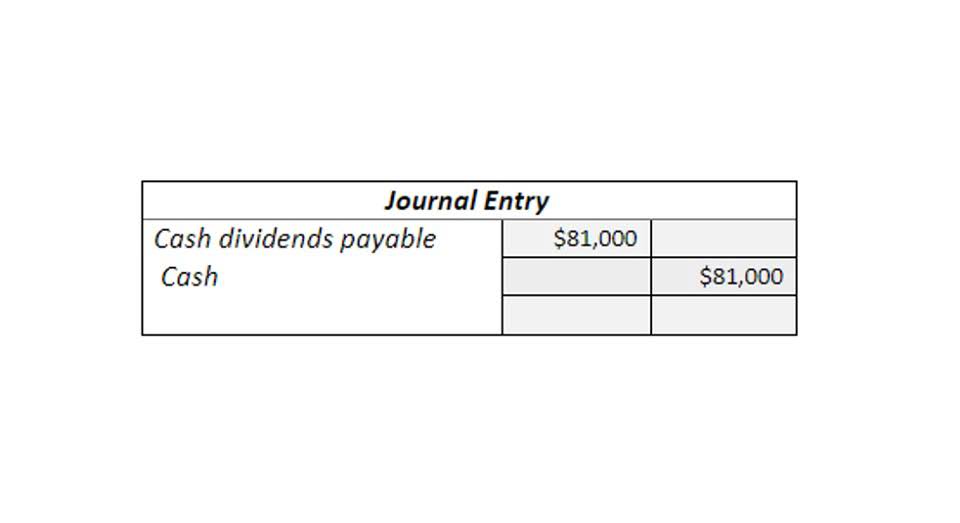ACH vs Wire: Understanding Their Key Differences

SWIFT was founded in 1973 to connect over 11,000 banks and financial institutions in over 200 countries. ACH payments can be a secure and convenient way to automatically pay your bills, get paid and make money transfers. And if you have experience using P2P payment apps like PayPal or Zelle®, you’re already using ACH payments.

What does it cost to accept ACH payments as a business?
However, ACH transfers will always remain one of the most affordable options available for sending money quickly. ACH direct deposits are ACH transfers for putting money into an account. According to NACHA, 96% of employees are paid through direct deposit. ACH transactions require the name of the financial institution receiving the funds, account type, routing/ABA numbers, and receiving bank account numbers. All banks in the United States can use ACH, as all that’s needed to receive an ACH transfer is a valid bank account and routing number. Additionally, payment processors like Square, PayPal, and Stripe also use ACH.
- Enhancements to ACH are narrowing the gap between ACH and real-time products.
- An ACH transaction begins when an originator initiates a direct deposit or direct payment on the ACH network, which can be either a debit and a credit.
- In Q2 2024, the ACH processed over 8.4 billion payments, with a combined dollar value of over $21.5 trillion.
- An Automated Clearing House (ACH) is a network that processes electronic payments and transfers across the United States.
- The ODFI, the institution where the request for funds originates, often receives the money in the end.
- However, specifics can vary greatly by account type and financial institution.
How we make money

Consumers have up to 60 days to report an unauthorized ACH debit to their account (though most come through in the day or two following settlement). The ACH Network is an electronic system that serves financial institutions to facilitate financial transactions in the U.S. In Q2 2024, the ACH processed over 8.4 billion payments, with a combined dollar value of over $21.5 trillion.

ACH Transfers: What They Are, How They Work and How Much They Cost
This https://www.bookstime.com/articles/recurring-billing means ACH will be one strong option among several types of electronic payment methods. Both wire transfers and ACH transactions are used to facilitate the movement of money. ACH is also for domestic transfers whereas international transfers are done by wire transfers.
There’s a chance of incomplete payment
On March 19, 2021, changes to Nacha’s operating rules expanded access to same-day ACH bookkeeping transactions, allowing for same-day settlement of most ACH transactions. An ACH transfer is one of the main ways to send or receive money online. ACH, or Automated Clearing House, transfers account for the online bill payments you make and the direct deposits you receive, along with other transfers. You can send money online and pay your bills by setting up an account with either of these services and linking it to your credit or debit card. Meanwhile, the Federal Reserve—the other operator of the ACH network—recently launched FedNow, its own equivalent product.
Pros and cons of ACH payments
When an employer pays you through an ACH transaction, your employer’s bank sends an instruction to your personal bank to transfer the money you’ve earned. To process ACH payments, banks send (or accept) a payment instruction, which is processed through the ACH network. Whether you know it or not, you’re very likely already using ACH transfers. When you receive your salary as a direct deposit from your employer or pay a utility bill directly from your bank account, you are ACH transfer using ACH.
- When choosing an ACH processing account, it’s essential to consider factors such as transaction fees, security features, and integration options with your existing payment systems.
- If you need to guarantee your funds will arrive within a business day, a wire transfer is probably a better choice.
- ACH transfers are ideal for recurring transactions, while wire transfers are better for one-time payments.
- The cost to use ACH payments varies depending on the provider you use to process payments.
- ACH transfers have many uses and can be more cost-efficient and user-friendly than writing checks or paying with a credit or debit card.
International bank transfer networks
Nowadays, many payment systems you’re used to, like Venmo and Zelle, use ACH payments to move money. With the exception of the US Treasury, ACH credit settlement times cannot be more than two days in the future. While Nacha has worked to establish interoperability with its global counterparts, adoption has been slow and limited. Banks can stop ACH payments if they have your authorization to do so.
